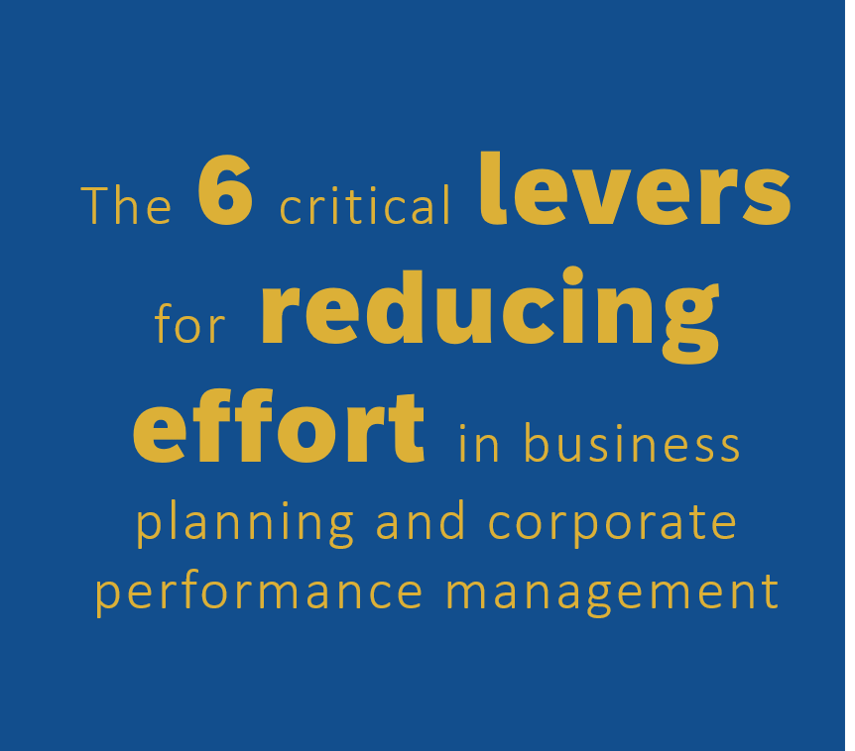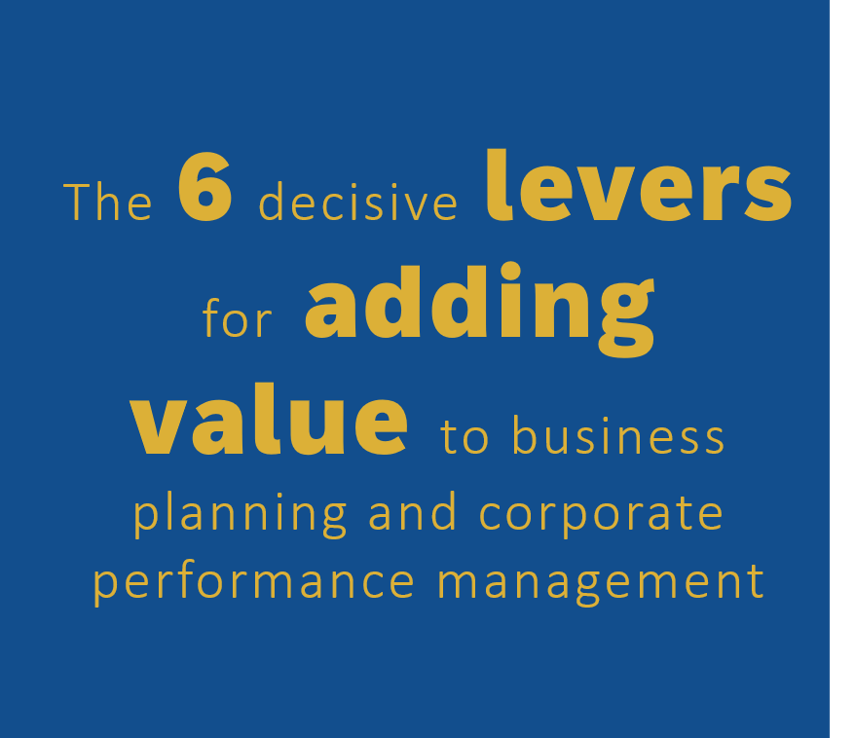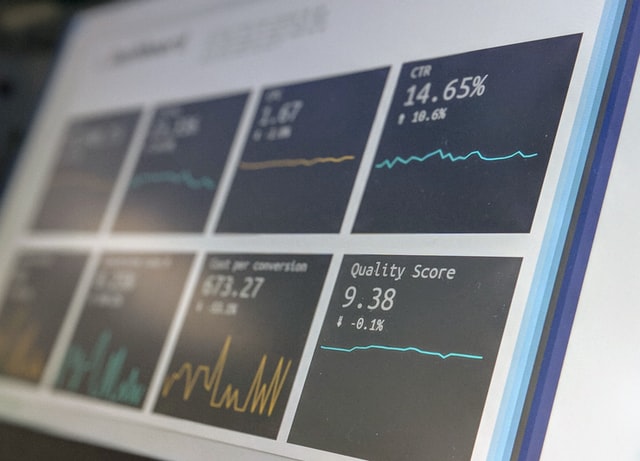Precise, reliable business planning is a crucial success factor, especially in times of dynamic and complex market situations. If companies want to remain competitive, they must be able to make decisions quickly and implement measures for action. Business planning plays a fundamental role in meeting these requirements.
The essential features of contemporary planning include a high degree of integration, close dovetailing of the individual subplans and a high degree of automation in the planning processes. These and other features create the conditions for raising efficiency, boosting flexibility, increasing speed, reducing complexity, and adding value.
The quality and the efficient creation of business planning are of fundamental importance for the future success of a company. Our checklist addresses key questions to critically examine your current business planning. At the same time, it provides important insights for planning executives to optimize planning in line with the individual requirements of a company.
Keep the planning effort low by not starting business planning from scratch “with a blank sheet” every year. Instead, use base budgets and base planning on existing data. Base budgets are derived, for example, as a proposal from the last actual data, as a calculation from the current trend, or with the help of predictive approaches and algorithms.
To reduce their planning effort, companies should ask themselves which parameters and contents are really relevant for their business decisions. As a rule, 20% of all planning objects account for around 80% of the budget. The planning focus should be on them. In addition, the individual parameters differ in their planning capability. It follows that the detailing of business planning should be deliberately inconsistent and focused.
The annual corporate planning process must be understood as a project – including the necessary project management structures and processes. Active control of the entire planning process and moderation of communication, for example between top-down and bottom-up planning, is the responsibility of the planning office.
For efficient and reliable business planning, the various sub-planning processes must be seamlessly integrated. This includes, on the one hand, linking the different time horizons (horizontal integration) and, on the other hand, linking the different levels of detail with the help of drill-down options (vertical integration). In this way, it is possible to reconcile long-term strategic planning with budget planning, which is usually based on a one-year time horizon, and the forecast during the year.
In many companies, current planning architectures are still based on the technological possibilities of the late 1990s. The use of current state-of-the-art technologies (machine learning, artificial intelligence, etc.) enables companies to automate their planning much more than before. This creates greater flexibility to meet individual needs without ignoring predetermined standards.
Harmonized and consistent data of high quality are the indispensable basis for any meaningful business planning. High-performance data management makes a significant contribution to reducing the planning effort involved in business planning. With the appropriate flexibility and transparency, data models can be easily adapted to changing requirements.

“In recent years, (…) the dynamics of markets and competition have increased rapidly and many companies are struggling to keep pace. In particular, corporate planning and forecasting are more essential than ever to cope with increasing dynamics.”
From BARC Score Integrated Planning & Analytics (IP&A), March 2022
The consistent use of simulations in all planning processes enables companies to derive short- and long-term future scenarios. This allows unexpected events to be identified at an early stage and immediate countermeasures to be initiated. The simulations are IT-supported and based on real data and detailed data structures.
Driver-based planning shows the impact of changed KPIs or changed measures on business performance. This gives companies transparency and answers to “what if” scenarios and can significantly accelerate business decisions in planning processes.
It is advisable for companies to begin planning with discussions about expected and desired business development at the corporate, departmental and functional management level. A few people jointly agree on the desired medium-term business development. In this way, companies reduce loops and negotiations during operational planning because the appropriate direction has already been agreed in advance.
In order to adapt a company’s planning processes to new and changing business environments, changes in the behavior of planners and decision makers are usually unavoidable. These changes must be managed properly to ensure future-proof investments in planning. Consequently, the modernization of business planning brings with it a significant need in terms of change management.
Best Practice bundles experience from previous planning projects of companies and helps to avoid mistakes that others have already made. The use of ready-to-use, powerful state-of-the-art software solutions, proven processes and concepts, and expert knowledge from numerous comparable projects reduces time-to-value, risk, and planning effort.
The automated analysis of complex data, also in combination with machine learning or artificial intelligence, enables companies to derive added value from their data and to predict the future more precisely. On the basis of algorithms, mass data can be evaluated, correlations can be revealed (descriptive & diagnostic analytics), predictions for the future can be made (predictive analytics), and suggestions for countermeasures can be derived (prescriptive analytics).

Integrated business planning combines strategic, operational, and financial perspectives in a holistic system. It creates transparency, improves control, and enables fact-based decisions in real time. But how can you successfully implement such an integrated planning solution? What aspects are particularly important? Find out more in our white paper.
Benefit from our know-how







Profound decisions can only be made on the basis of reliable and up-to-date data. Therefore, SAP Analytics Cloud offers a variety of planning scenarios. Learn how to implement your planning requirements with SAP Analytics Cloud in the Power Workshop for Planning with SAP Analytics Cloud.

The increasing complexity and dynamics of the business world make it necessary for companies to optimize and modernize their business planning. There seems to be a lot of catching up to do in this area, because many companies are still very dissatisfied with their planning.

With the help of predefined processes and important functions, AGIMENDO.invest transfers the planning and control of investments and projects into the SAP (BW) system. Companies simply select the license model that fits their requirements.
Simply complete the form and submit it. We will contact you as soon as possible.